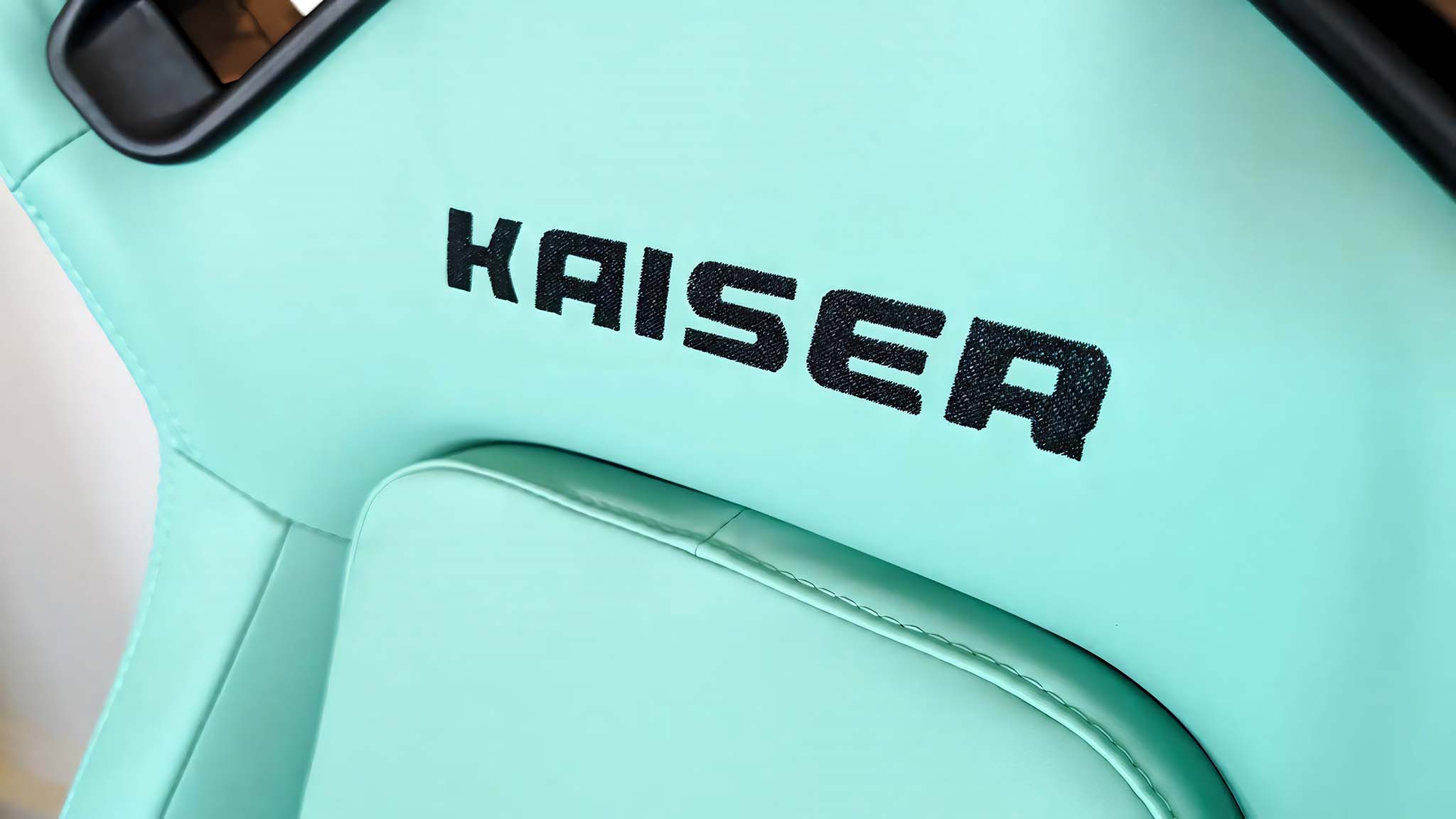What we hope to see in Microsoft's Surface Book 3
I have been a Surface fan since the RT days, and while the Book 1's dual-core processor eventually pushed me off the Surface train, the Book 2's beefy specs brought me back. But I'm still not entirely satisfied.
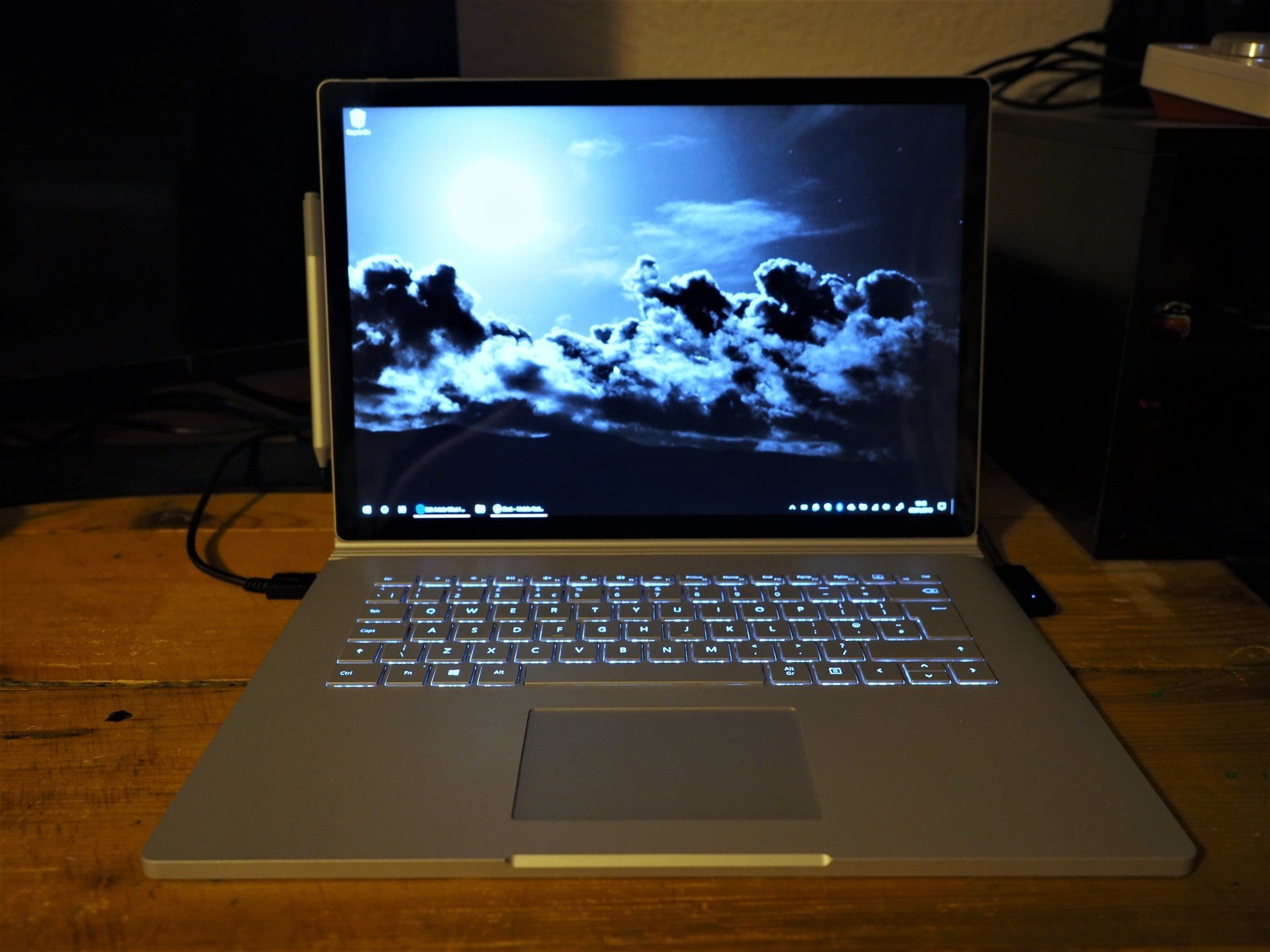
The Surface Book 2 is the best device I've ever owned. For me, the 15-inch model represents the best of what Microsoft's leading industrial design team has to offer — with uncompromising power in a stunning, svelte package.
I'm not here to talk about what's great about the Surface Book 2, you can take a look at our Executive Editor Daniel Rubino's review for that. Instead, I'm here to talk about the things that … well, bug me about this PC. Things that I hope get rectified, or at least addressed, in the inevitable Surface Book 3.
Powerful, but not enough power
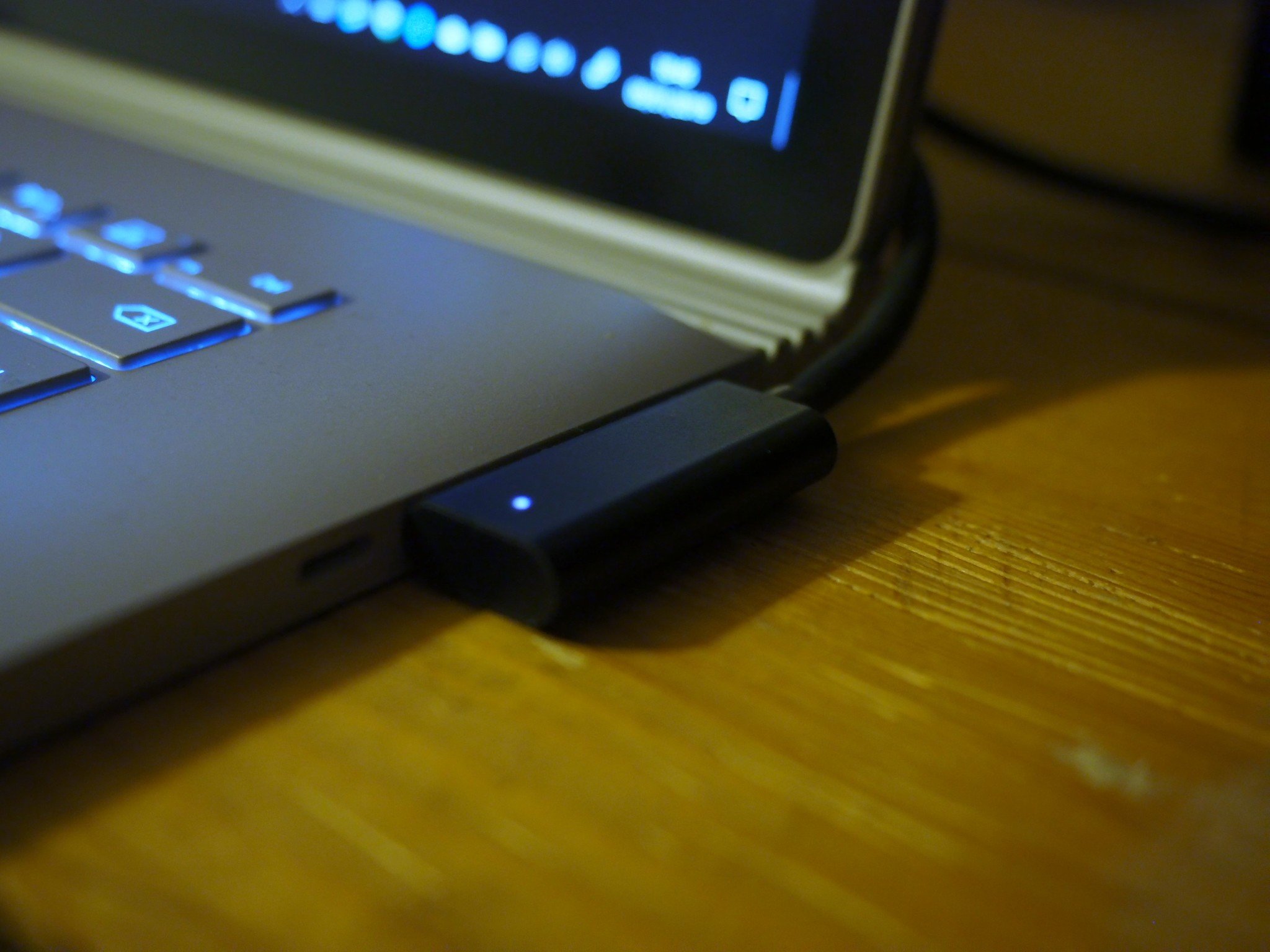
The Surface Book 2 packs a quad-core CPU complete with a GTX 1060, powering a 4K (horizontal) 3:2 display. In order to fully utilize the components in the Book 2 without turning your device into a makeshift BBQ grill, you need some pretty powerful cooling techniques. The Book 2, as such, can get pretty noisy under load. But that isn't the real problem.
The Surface Book 2 simply doesn't draw enough power for its components when maxed out. As a result, gaming or 3D editing tasks while on max settings, which the Book 2 is completely capable of, drains the battery even when it's plugged in. It's widely believed that this issue is why the Surface Book 2 can only connect a single 4K display at 60 Hz, and straight up refuses to allow for two, despite having the capability to do so.
There are ways around some of these problems, like dropping the quality of your games, lowering the display resolution of your screen, or running your Book 2 in battery saver mode, but you shouldn't have to. Hopefully, any prospective Surface Book 3 will provide enough power to actually utilize the components you're paying for inside the device.
Detachment issues
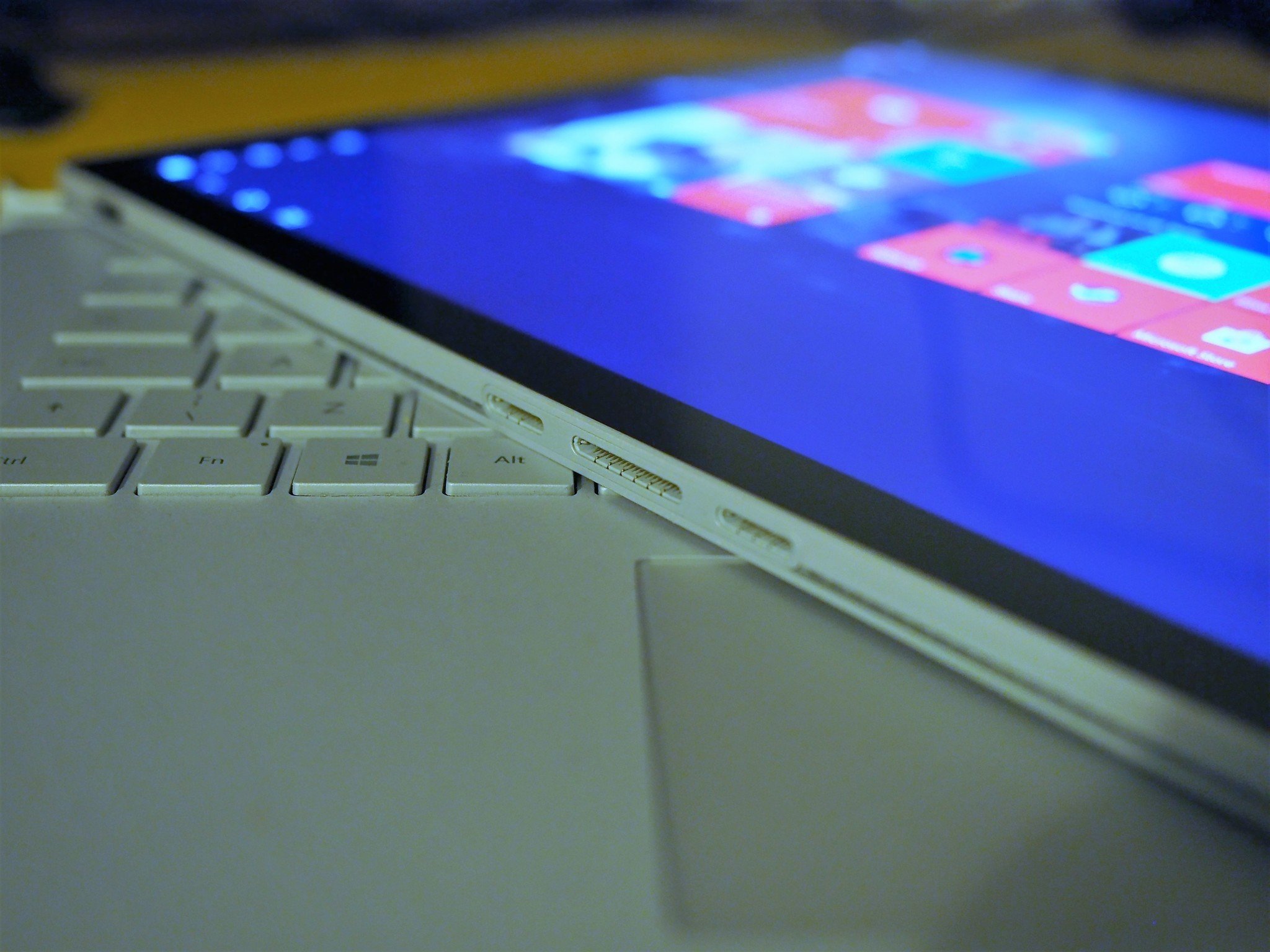
Another problem that I perceive with the Book 2 pertains to its unique detachment feature. The CPU and GPU are split between the display and base. The Book 2's "unique" feature is the fact that the display can be removed and act as a gigantic clipboard. The problem is, really, I'm not sure what use a gigantic 15-inch tablet really is, for anyone. The 13-inch model could maybe almost make sense in some limited boardroom scenarios, but I suspect the vast majority of users only detach the display to flip it into canvas or tent mode for media consumption or digital inking.
Additionally, the fact the display detaches creates a range of design and construction issues that are largely needless. At least on my Book 2, angling the display down can cause it to become disconnected for a brief moment, which can disable the dedicated GPU and USB devices in the base. Sometimes, it requires a reboot to fix. Other times, it requires a BIOS refresh to fix, both of which are inconvenient.
Get the Windows Central Newsletter
All the latest news, reviews, and guides for Windows and Xbox diehards.
I think the Book 3 should catch up to how people actually want to use laptops. I suspect Microsoft has data to suggest virtually nobody detaches the display for an elongated period of time, and it doesn't help that Windows 10's tablet mode is, well, bad.
The obvious solution is to go with a 360-degree hinge. The Lenovo Yoga lineup is a great example of devices that can still enjoy tent, tablet, and canvas modes, without the needlessly complex, virtually redundant detachment scenario.
Paint it black
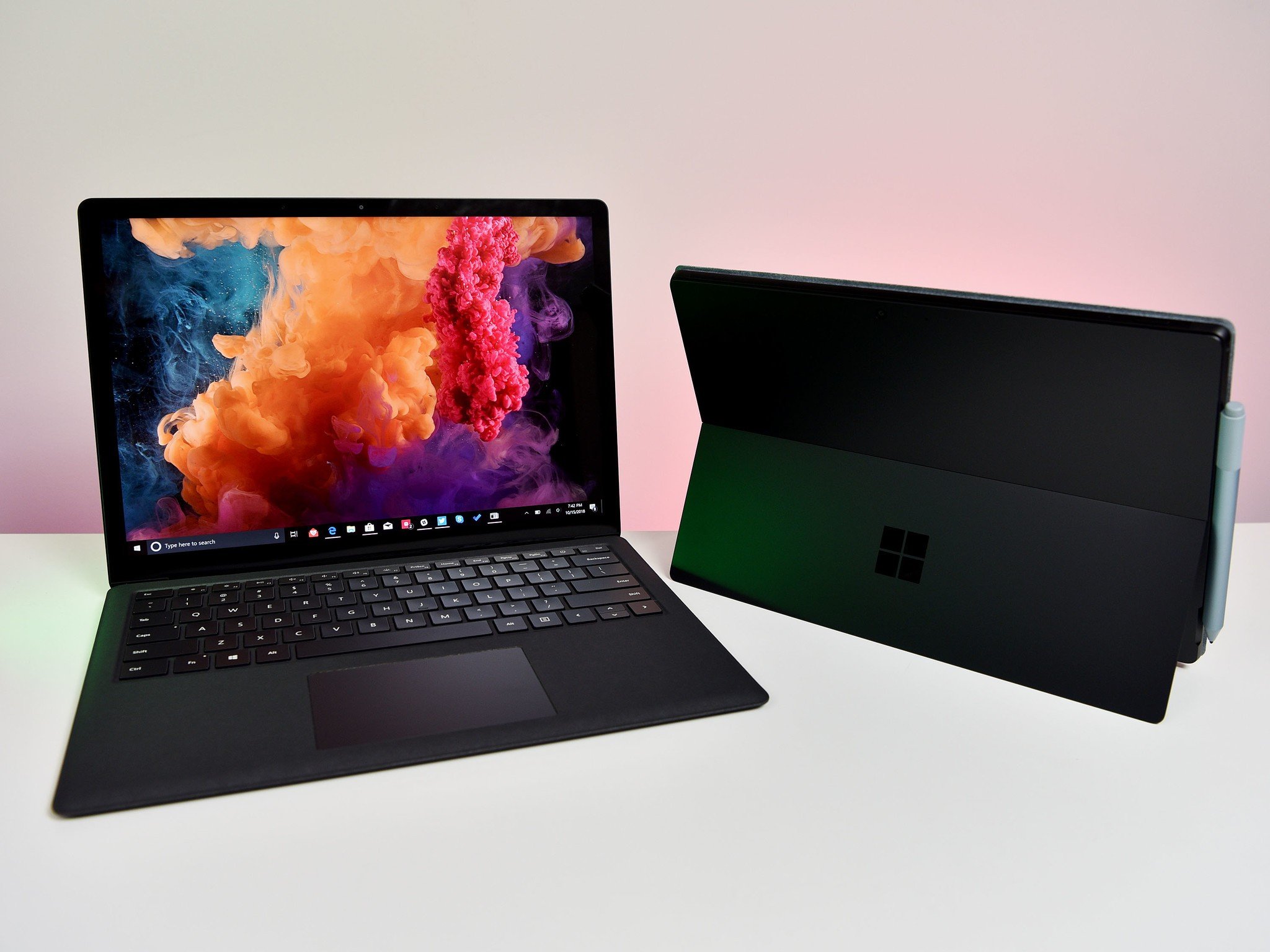
The latest Surface Laptop and Pro both come with black variants. It's subjective, but I never really liked the metallic finish on the modern Surface devices, as it's something I tend to associate with Apple devices.
Naturally, adding a black finish to the Surface line has typically come with a range of its own problems. There are reports that, like the old black Surface Pro 1 and 2, the paint can become scuffed quite easily, revealing the magnesium alloy underneath. That's obviously not something I want, but if Microsoft could figure a way of solving that issue, I'd take a black Book 3 over a metallic Book 3 in a heartbeat.
Inking ... on the trackpad
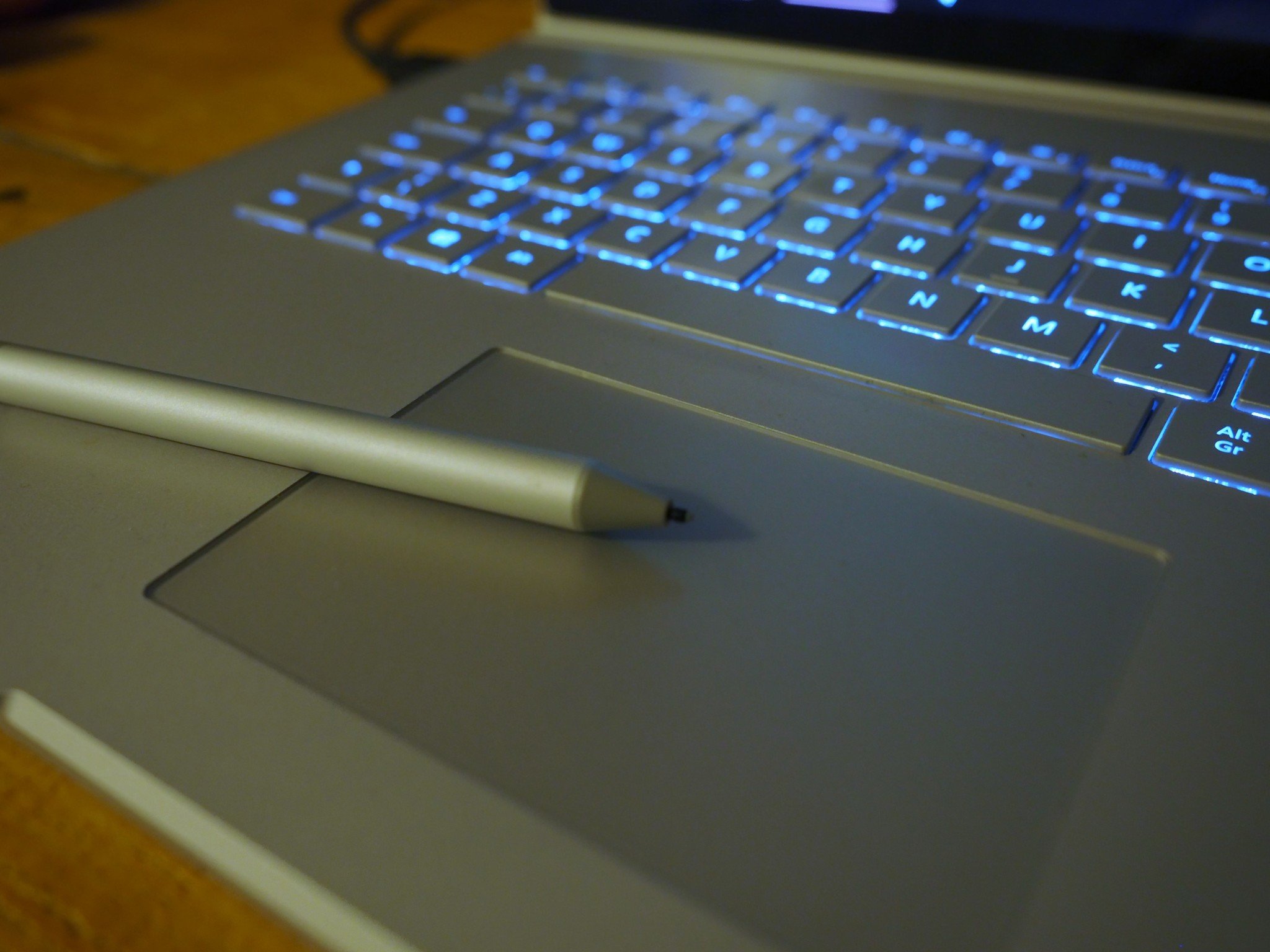
I'm sure there are technical reasons why this may or may not be possible, but I've always found it to be odd that if I want to do any form of inking, I either need to poke awkwardly at the screen set to a 90-degree angle, go through the motions of detaching, flipping, and resetting, or simply flop the Book 2 on its back. The Laptop 2 also shares this problem, and to a lesser degree so do the Pro and Go Surface devices, when all you want to do is make a quick signature or ink out a Sticky Note. (By the way, the new Sticky Notes app for Windows 10 is awesome.)
Surely it makes sense for some sort of low-fidelity inking capability on the trackpad itself. My Book 2 won't even recognize a stylus as a touch event, presumably because it's looking for fingers rather than something smaller, but it'd be far more intuitive for a quick inking piece to just grab the pen and drop some ink on the trackpad via the cursor, rather than angle the screen around.
Thunderbolt 3
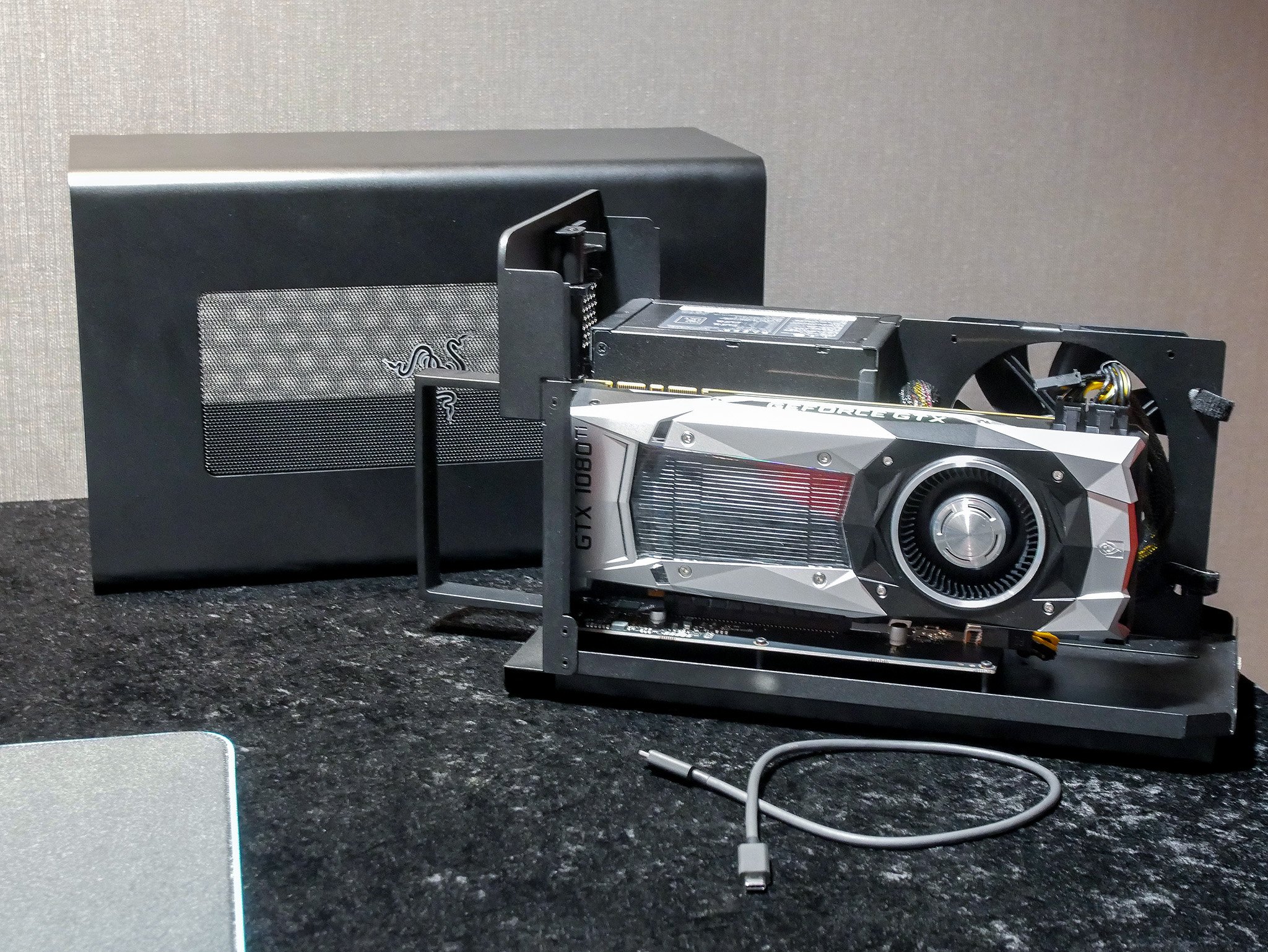
I suppose one way Microsoft could solve its power draw woes from its dedicated GPU would be to enlist full Thunderbolt 3 in the next Surface Book model.
Thunderbolt 3 is four times faster than the standard USB 3.1 ports included on the Surface Book 2, and it also comes with four lanes of PCIe Generation 3, allowing you to utilize external GPU docks. Theoretically, you could grab a lower-end Surface Book 3 and grab an external, independently-powered dedicated GPU that wouldn't drain the Book's battery while maxed out, and you could slap in a desktop-class GPU for some serious gaming.
Almost perfect
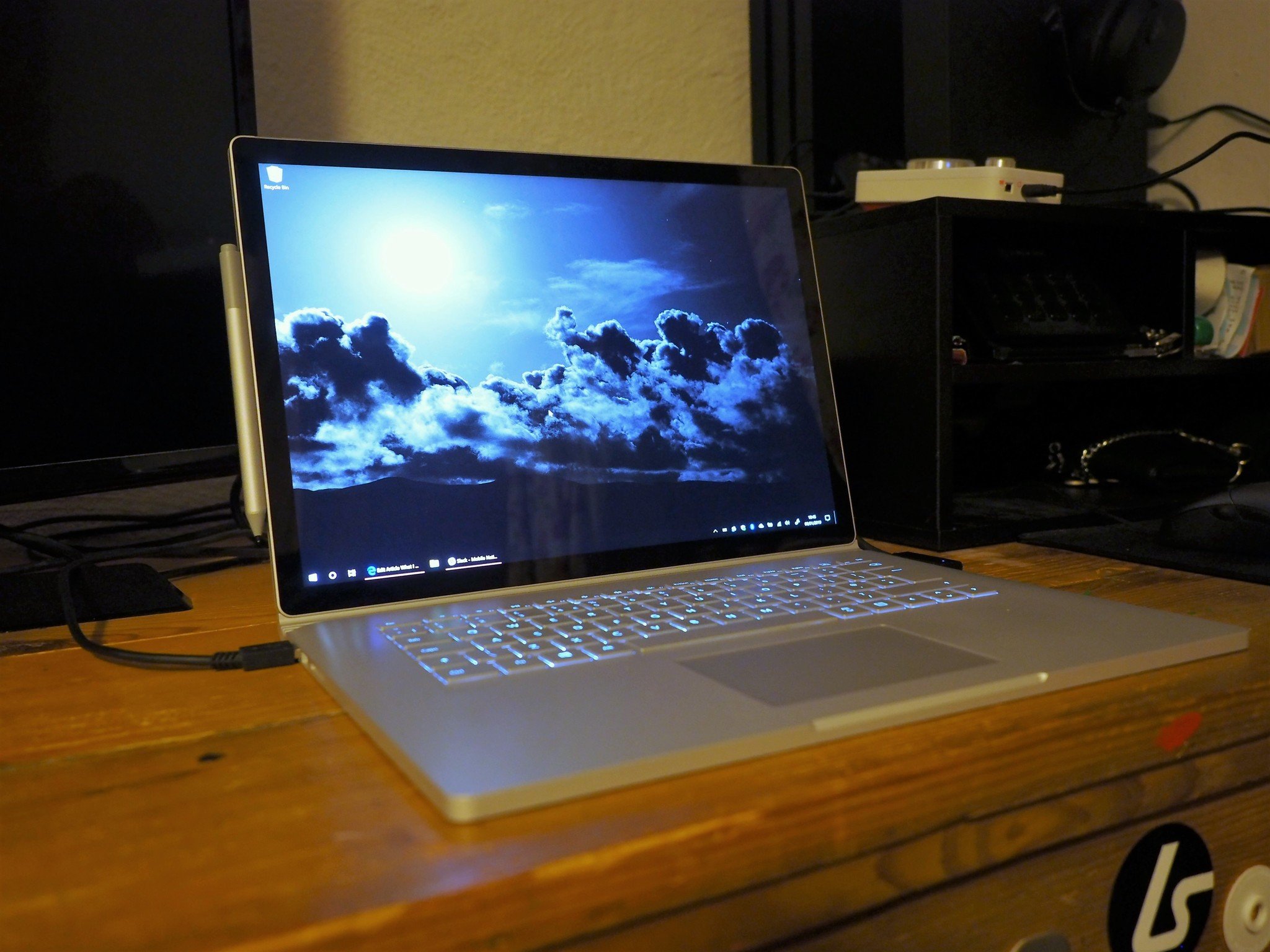
The Surface Book 2 has been a dream device for me for the most part. I tend to prefer Microsoft products for the peace of mind that comes with stellar customer service (at least in my experience) and the knowledge that generally driver updates are tested thoroughly for compatibility before hitting the Surface line.
Still, it's maddening that despite paying top-of-the-line prices, you can't get the full capability out of the components you paid for due to the power drain issue. Also, as someone who does digital art on occasion, it's a bit of a hassle to go through the ritualistic detachment process every time I want to lay the display out flat.
The Book 3, hopefully, will incorporate a bigger design revision than the Book 2 did, to address some of the most pressing usability issues. Either way, the quality has already ensured that I'll typically consider Surface before any other laptop. I'd just like to see Microsoft push it to the next level.
What changes do you want to see?

Jez Corden is the Executive Editor at Windows Central, focusing primarily on all things Xbox and gaming. Jez is known for breaking exclusive news and analysis as relates to the Microsoft ecosystem while being powered by tea. Follow on Twitter (X) and Threads, and listen to his XB2 Podcast, all about, you guessed it, Xbox!
